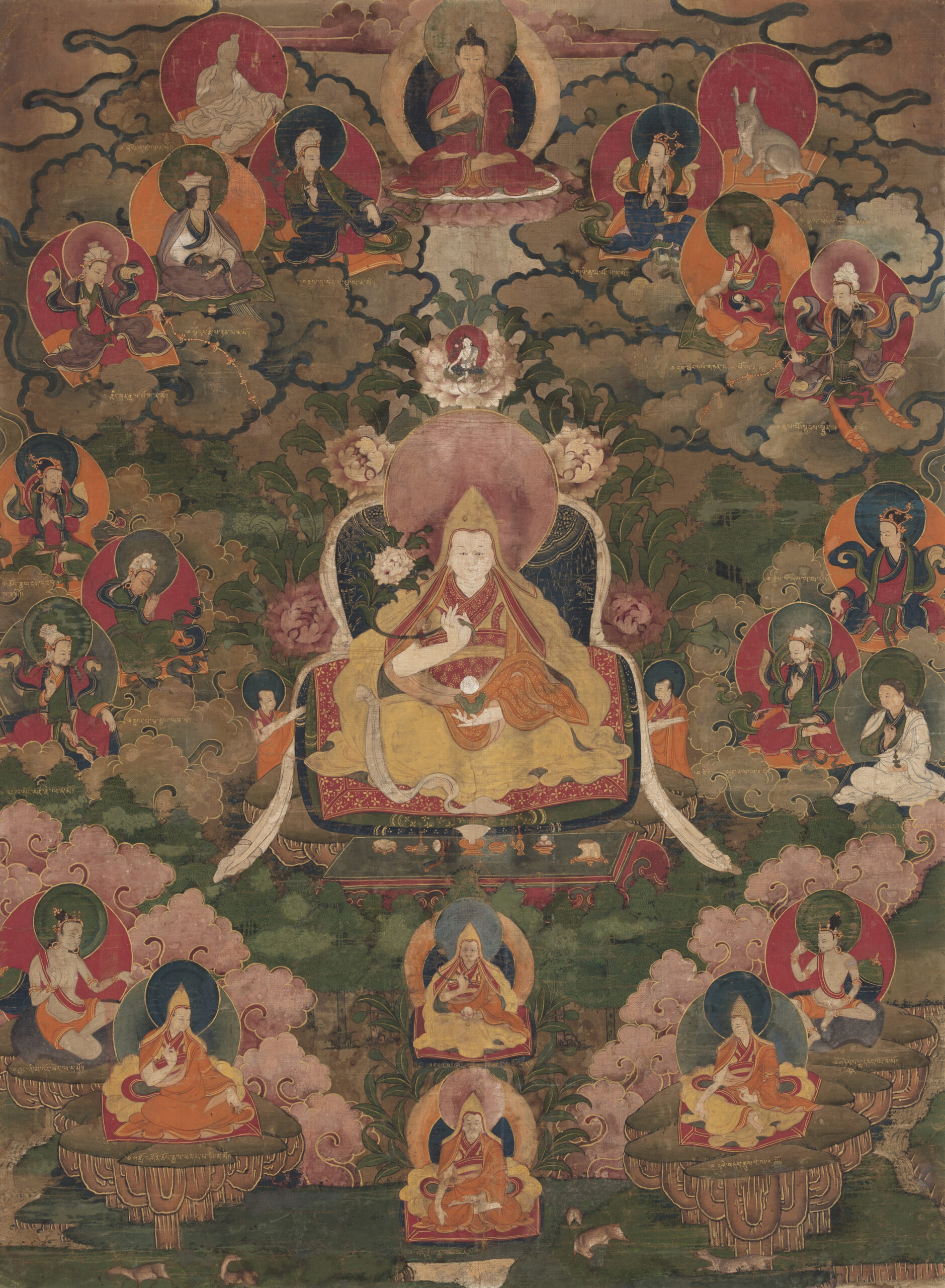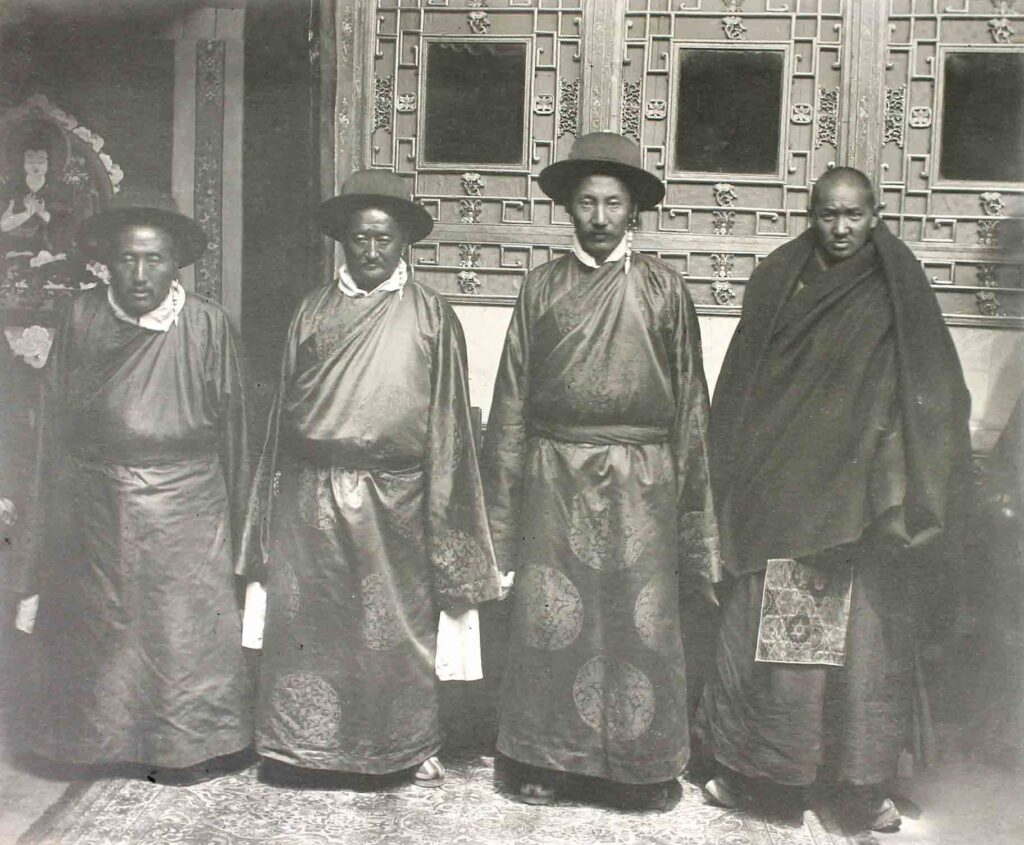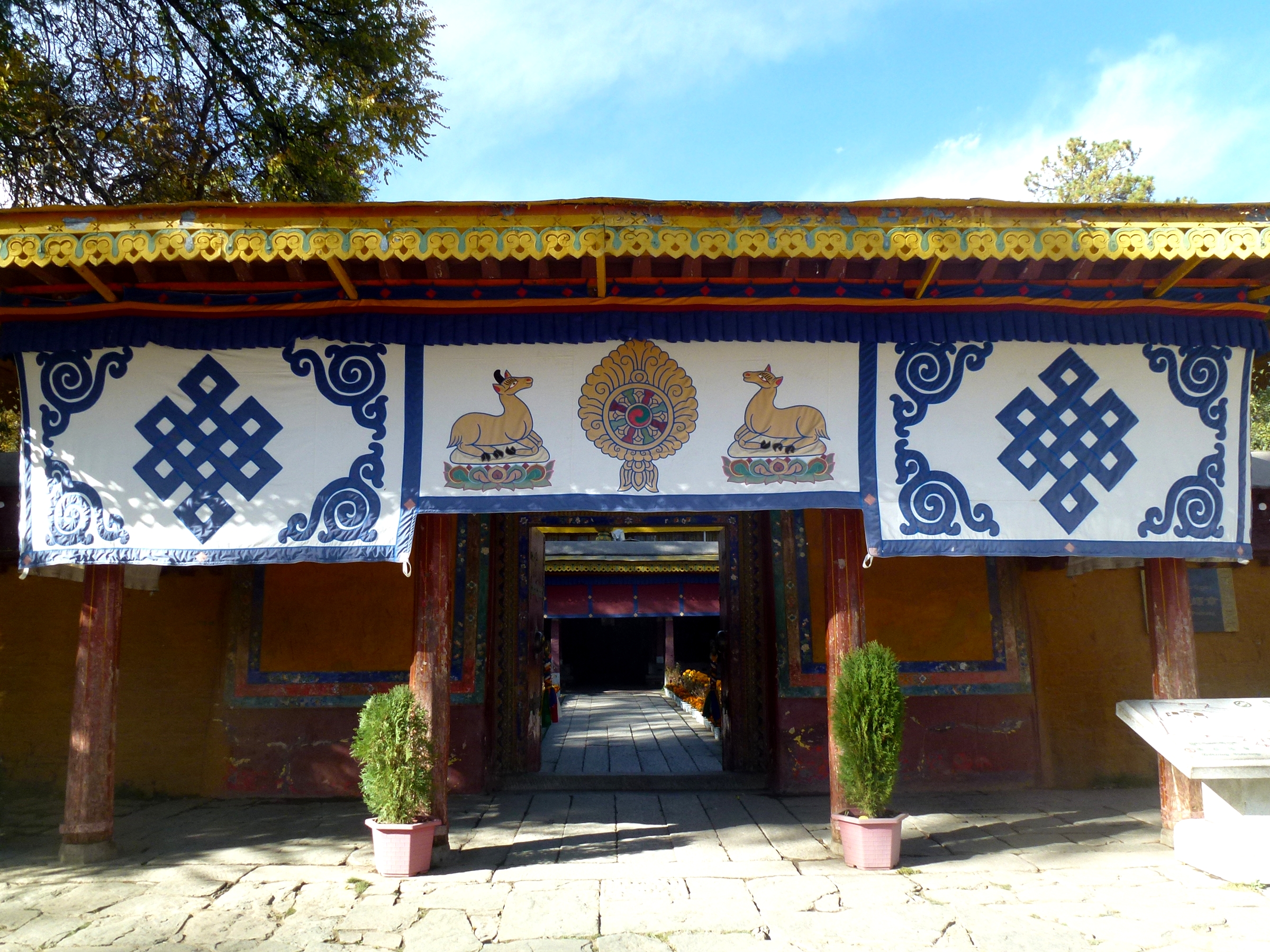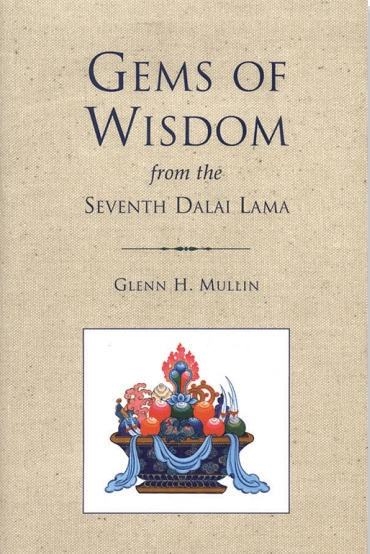

The Seventh Dalai Lama–Kelsang Gyatso (1708–1757)
As prophesied by the Sixth Dalai Lama, Tsangyang Gyatso, the Seventh Dalai Lama, Kelsang Gyatso, was born in 1708 in Lithang to Sonam Dargya and Lobsang Choetso—just two years after his predecessor’s mysterious disappearance. His birth was said to be marked by auspicious signs, and local oracles declared him the reincarnation of the late Dalai Lama.
Though recognized at an early age, political unrest delayed his journey to Lhasa. Instead, he was taken to Kumbum Monastery, where he received novice ordination from Ngawang Lobsang Tenpai Gyaltsen. In 1720, he was formally enthroned at the Potala Palace and received his novice vows from Panchen Lama Lobsang Yeshi, who named him Kelsang Gyatso. In 1726, during the holy month of Saka Dawa, he received full ordination (Gelong vows) from the Panchen Lama.
He studied extensively under renowned masters, including the Panchen Lama, the Abbot of Gyumey Monastery, and Ngawang Yonten of Shalu Monastery. Under their guidance, he mastered the full breadth of Buddhist teachings, both sutra and tantra.
In 1751, Kelsang Gyatso implemented one of his most lasting legacies—the creation of the Kashag, a council of ministers that replaced the powerful Desi role. This reform decentralized authority and created a more balanced system of governance, integrating spiritual leadership with administrative responsibility. The Kashag continued to function until Tibet’s occupation in 1959 and was later revived in exile as the executive branch of the Central Tibetan Administration.
Beyond politics, the Seventh Dalai Lama was revered as a scholar, poet, and mystic. His writings, especially in tantra, remain influential. His poetic work Gems of Wisdom is a celebrated collection of spontaneous verses filled with profound insight and vivid metaphors.
At 45, he founded the Tse School within the Potala and built the Norling Kalsang Phodrang, a graceful new palace in Norbulingka. Kelsang Gyatso’s humble life and spiritual integrity won deep admiration. He passed away in 1757, leaving a legacy of reform, wisdom, and compassion.

His Preincarnation, Tibet, 18th Century. Courtesy: Rubin Museum
of Himalayan Art



earthy metaphors.
